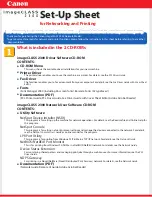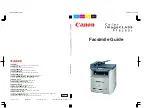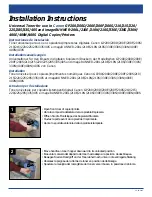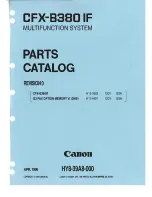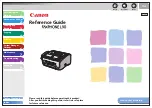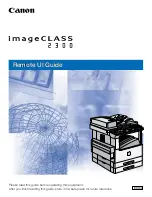
Laser Safety
Visible Light and Infrared-A (400-1400 nm)
Laser Radiation Effects on Skin
Maximum Permissible Exposure (MPE)
Nominal Hazard Zone (NHZ
)
While specular reflections are more hazardous, they are much less common. Most laser marking
systems can be designed to eliminate specular reflective surfaces in the beam path.
The marking laser most commonly used in this category is the Q-switched Nd:YAG laser, which
operates at a typical wavelength of 1,064 nm. Eye exposure to this laser beam is more hazardous
since at this wavelength the laser beam is transmitted through the eye and focused onto the retina.
Exposure may initially go undetected because the beam is invisible and the retina lacks pain sensory
nerves. Visual disorientation due to retinal damage may not be apparent to the operator until
considerable thermal absorption has occurred. Since the energy is concentrated by the eye's lens,
the strength of the laser beam that is required to damage the eye is significantly less.
Skin effects are generally considered of secondary importance with lasers used for most marking
applications. High power infrared lasers, like those used in cutting and welding applications, pose a
larger skin effect hazard. Lasers emitting radiation in the visible and infrared regions produce effects
that vary from mild reddening to blisters and charring. These conditions are usually repairable or
reversible. However, de-pigmentation, ulceration, scarring of the skin and damage to underlying
organs may occur from extremely high powered lasers.
The MPE is defined in ANSI Z-136.1-1993 as “The level of laser radiation to which a person may be
exposed without hazardous effect or adverse biological changes in the eye or skin.” The MPE is not
a distinct line between safe and hazardous exposures. Instead they are general maximum levels to
which various experts agree should be occupationally safe for repeated exposures. The biological
effects of laser radiation are dependent on the wavelength and exposure duration. The goal of any
control measures is to ensure that any laser radiation contacting a person is below the MPE.
In many marking applications, and most packaging applications, it is not practical to fully enclose the
area where the laser beam is delivered onto the product. In these instances, it is necessary to define
an area of potentially hazardous laser radiation. This area is called the Nominal Hazard Zone (NHZ).
The NHZ is the space within which the level of direct, scattered or reflected laser radiation exceeds
the MPE. The purpose of a NHZ is to define an area in which control measures are required. The
Laser Safety Officer should determine the NHZ and the control measures to protect the laser worker
from exposure to radiation above the MPE.
L A S E R S F O R M A R K I N G
Zetalase
™
8
General Manual SE 1

























